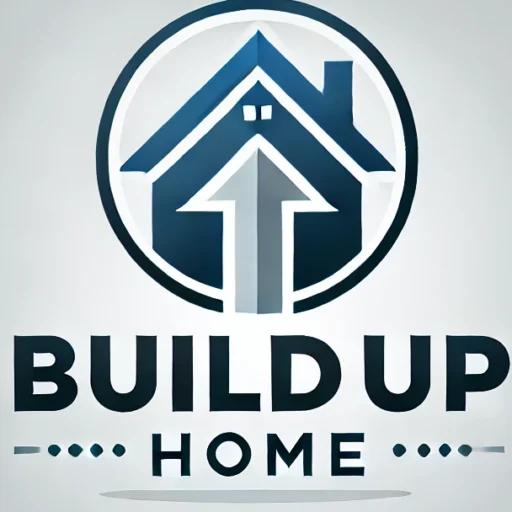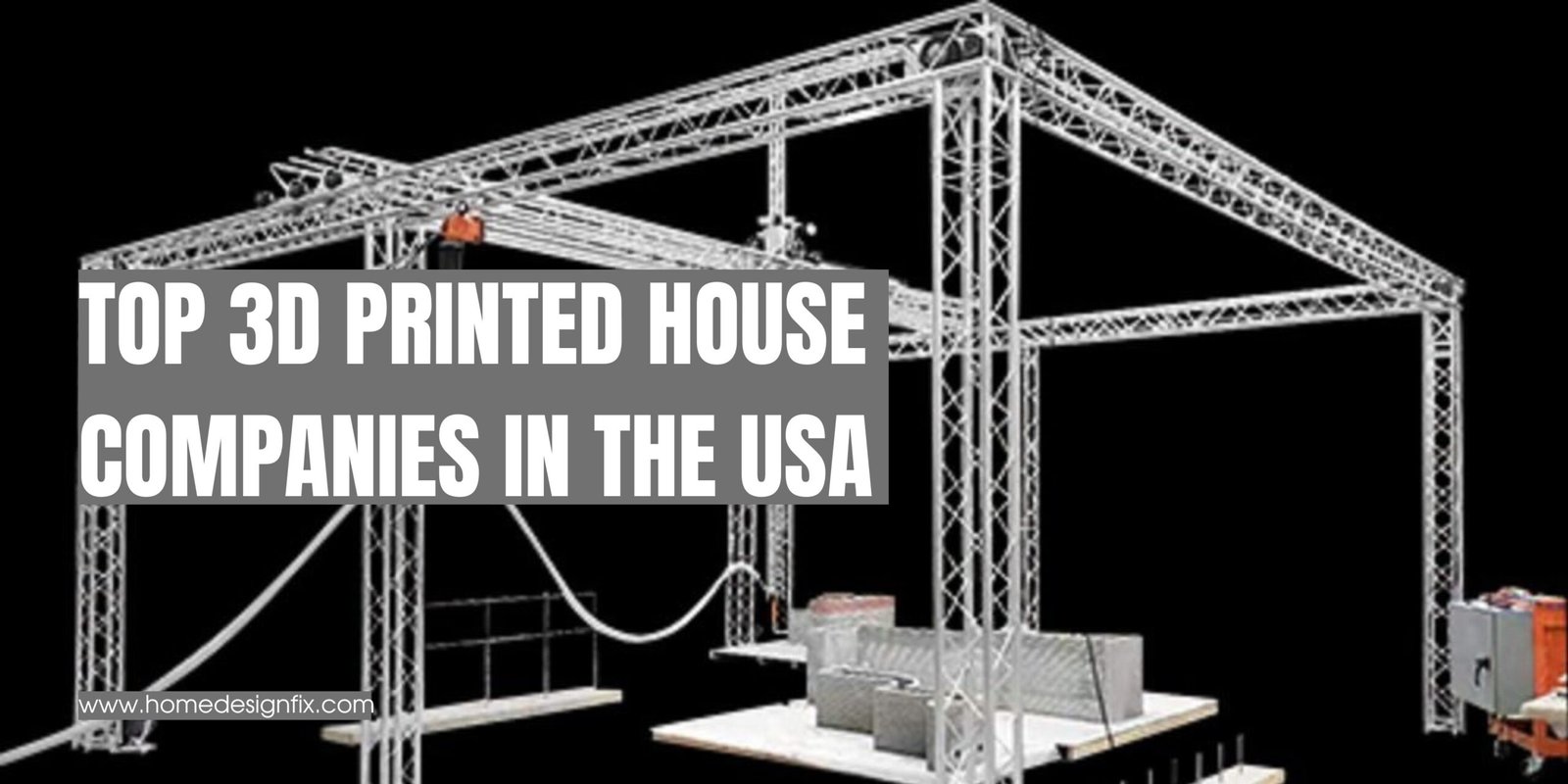The world of construction is evolving rapidly, and 3D concrete printing is at the forefront of this transformation. By allowing for faster, more efficient, and environmentally friendly building methods, 3D concrete printers are gaining popularity across the globe. However, for construction firms, architects, or entrepreneurs looking to invest in this cutting-edge technology, one of the first questions is: What is the price of a 3D concrete printer?
In this article, we’ll break down the cost of 3D concrete printers, explore the factors that influence pricing, compare leading models, and discuss the return on investment (ROI) and long-term benefits.
What Is a 3D Concrete Printer?
A 3D concrete printer is a type of large-scale additive manufacturing machine designed to print structures layer by layer using special concrete mixtures. Unlike traditional construction methods, 3D printing automates the building process, reducing labor and material waste.
These printers can be used to build anything from small houses and office walls to complex architectural designs. They’re favored for their speed, flexibility, and potential to lower construction costs in the long run.
Read More About: Custom Home
How Much Does a 3D Concrete Printer Cost?
The price of a 3D concrete printer varies widely depending on size, capabilities, brand, and region. In general, the cost can range from $40,000 to over $1 million. Here’s a breakdown of pricing by category:
1. Entry-Level Printers ($40,000 – $100,000)
- Suitable for small projects or educational purposes.
- Ideal for testing, prototyping, or producing decorative elements.
- Smaller build volumes and limited automation features.
2. Mid-Range Printers ($100,000 – $400,000)
- More suited to residential construction and small commercial buildings.
- Capable of printing full-size homes or components.
- Includes better software integration, automated controls, and material handling systems.
3. Industrial-Grade Printers ($400,000 – $1,000,000+)
- Designed for large-scale construction projects.
- High build volumes, advanced robotics, and proprietary software.
- Suitable for mass housing development, public infrastructure, or government projects.
Some premium models, particularly those with advanced robotic arms and AI-driven systems, may even surpass the $1 million mark.
Top 3D Concrete Printer Brands and Their Prices
Several companies are leading the charge in 3D concrete printing technology. Here’s an overview of some notable manufacturers and the general cost of their models:
1. ICON (USA)
- Price Range: $300,000 – $600,000
- Known for building affordable housing in the U.S. and developing countries.
- Offers turnkey solutions with proprietary materials and software.
2. COBOD (Denmark)
- Price Range: $200,000 – $800,000+
- One of the most widely adopted systems worldwide.
- Offers modular printers that can be scaled to different project sizes.
3. Apis Cor (USA)
- Price Range: $150,000 – $500,000
- Famous for printing entire buildings on-site with a rotating robotic arm.
- Mobile and compact design with significant flexibility.
4. WASP (Italy)
- Price Range: $40,000 – $150,000
- Focused on sustainable and eco-friendly building practices.
- Known for the Crane WASP model which can build homes with natural materials like clay and straw.
Factors That Affect 3D Concrete Printer Prices
Understanding what drives the cost of these machines can help buyers make an informed decision. The key factors include:
1. Build Volume
Larger build volumes allow for the creation of entire houses or large components in one go, increasing the machine’s value and cost.
2. Automation Level
Printers with automated mixing systems, robotic arms, and real-time monitoring tend to be more expensive but offer greater efficiency and accuracy.
3. Software and Support
Advanced software packages for design, slicing, and structural analysis add to the cost. Access to training and after-sales support also influences pricing.
4. Material Compatibility
Some printers are designed to use only proprietary concrete mixes, while others are compatible with third-party or eco-friendly materials. The former may reduce upfront cost but lead to higher operational expenses.
5. Mobility and Installation
Portable printers are often more expensive but offer versatility for on-site construction. Fixed systems may be cheaper but require more infrastructure.
Read More About: Buying Land and Building a House
Operational Costs to Consider
Buying the printer is just the beginning. You should also account for:
- Material Costs: Special concrete mixtures can cost $100–$300 per cubic meter.
- Labor: While reduced, operators and technicians are still required.
- Maintenance: Regular servicing ensures accuracy and longevity.
- Training: Proper training for operators can be an added initial expense.
- Software Updates: Some manufacturers charge for ongoing access to design tools or analytics dashboards.
Is It Worth the Investment?
The upfront price tag of a 3D concrete printer can be intimidating. However, the long-term benefits often justify the cost:
- Reduced Labor: Labor costs can be cut by 30–50%.
- Faster Build Time: Homes can be printed in days instead of weeks.
- Sustainability: Less material waste and fewer emissions.
- Design Flexibility: Complex, organic shapes can be easily achieved without molds.
Over time, these advantages can significantly reduce overall project costs, particularly for developers or governments planning multiple builds.
Financing and Leasing Options
Some manufacturers offer financing plans or leasing options to make adoption more feasible. Leasing allows companies to test the technology before committing to full ownership, often with the option to buy later.
Final Thoughts
The price of a 3D concrete printer varies greatly depending on its size, features, and intended use. While the investment is considerable, the technology offers unprecedented advantages in terms of speed, sustainability, and design freedom. Whether you’re a construction firm looking to innovate or a startup exploring new housing solutions, understanding the pricing landscape of 3D concrete printers is the first step toward revolutionizing your building approach.

